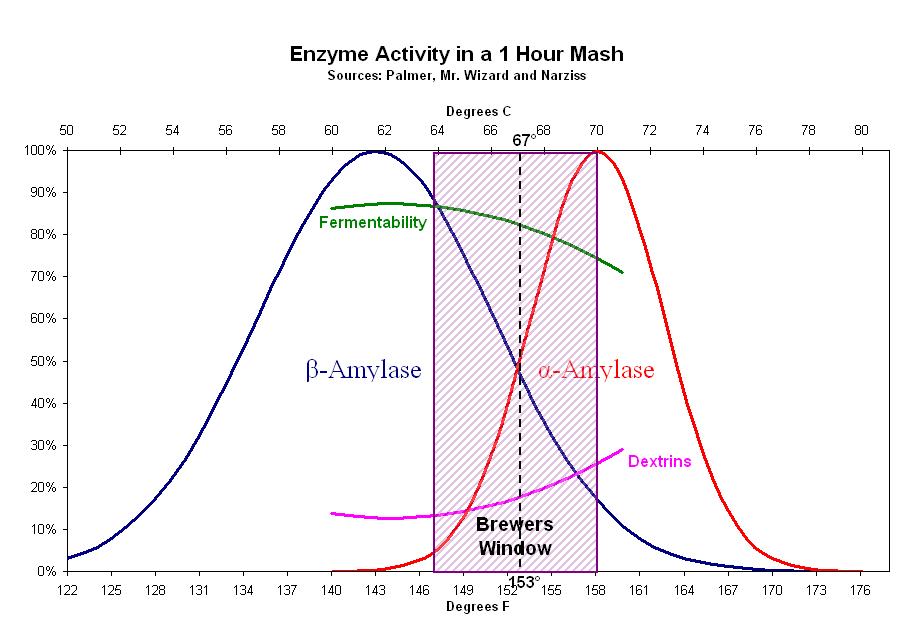Will be brewing tomorrow, recipe is "Programmer's Elbow", an ESB in Brewing Classic Styles.
12 pounds English pale ale malt (I'm using Baird's Maris Otter)
0.50 pound Crystal 20
0.25 pound Crystal 120
2oz EKG at 60
1oz EKG at flameout
Wyeast 1968 (London ESB)
Mash at 152º; ferment at 68º
I've made it before, followed the recipe exactly and it came out great. Considering this time mashing at 155º for a little more mouth feel, maybe a little less ABV. Any thoughts?
Thanks
12 pounds English pale ale malt (I'm using Baird's Maris Otter)
0.50 pound Crystal 20
0.25 pound Crystal 120
2oz EKG at 60
1oz EKG at flameout
Wyeast 1968 (London ESB)
Mash at 152º; ferment at 68º
I've made it before, followed the recipe exactly and it came out great. Considering this time mashing at 155º for a little more mouth feel, maybe a little less ABV. Any thoughts?
Thanks


































![Craft A Brew - Safale S-04 Dry Yeast - Fermentis - English Ale Dry Yeast - For English and American Ales and Hard Apple Ciders - Ingredients for Home Brewing - Beer Making Supplies - [1 Pack]](https://m.media-amazon.com/images/I/41fVGNh6JfL._SL500_.jpg)


























